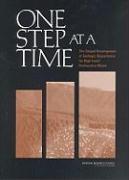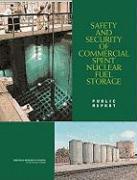The Hanford Tanks: Environmental Impacts and Policy Choices
National Research Council / Division On Earth And Life Studies / Board on Radioactive Waste Management
The Hanford Site (also known as the Hanford Reservation) occupies approximately 1, 450 km2 (560 square miles) along the Columbia River in south-central Washington, north of the city of Richland. The site was established by the federal government in 1943 to produce plutonium for nuclear weapons. Currently, the mission of the site, under the responsibility of the U.S. Department of Energy (DOE), is management of wastes generated by the weapons p...







